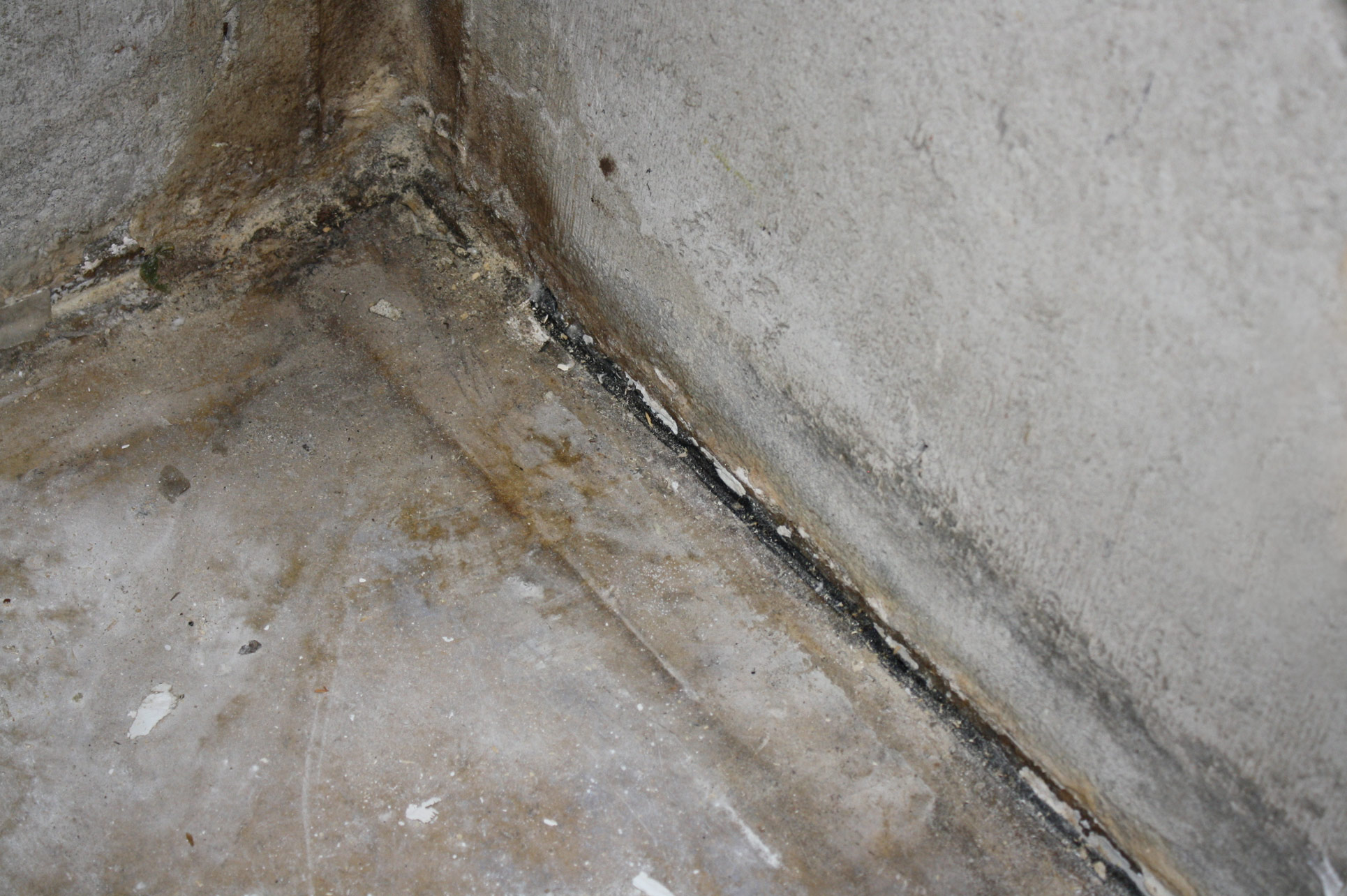Spot Common Causes for Leak Problems in Your Home
Spot Common Causes for Leak Problems in Your Home
Blog Article
We have unearthed this great article on How to detect water leaks in your home directly below on the net and reckoned it made perfect sense to share it with you in this article.

Leaks not only create waste of water yet can also trigger unneeded damages to your home and promote unwanted organic growth. Regrettably, water leaks might go unnoticed because the majority of the pipework in our house is concealed. By looking and recognizing for day-to-day situations that create leaks, you can secure your house from future leaks as well as unneeded damage. Today, we will check out 6 leak creates that may be creating your pipes to drip.
Instant temperature modifications.
Extreme temperature level modifications in our pipelines can cause them to increase and acquire unexpectedly. This growth and also contraction may trigger splits in the pipes, particularly if the temperature level are listed below freezing.
Corroded water systems
As time goes by, your plumbing system ages and also corrosion such as rust may start eating away the pipes. This may be the source of staining or bending on your pipes. This calls for an evaluation with your plumber quickly. Think about changing the pipes given that they are at a higher threat of deterioration than the newer designs if our plumbing system is old.
Faulty Pipeline Joints
The point at which your pipes link is often the weakest link in the waterline. Pipe joints can degrade in time, resulting in water leakages. However, the majority of pipe joints are not quickly visible. If you have noisy pipelines that make ticking or banging noises, particularly when the hot water is activated, your pipeline joints are most likely under a lot of pressure. It is advisable to have your plumber inspect your system annually.
Trespassing roots
A lot of water leaks start outside the house rather than inside it. You might observe wet patches or sinkholes in your backyard, and that may mean that tree roots are attacking water lines causing water to permeate out.
Poor Water Connectors
Sometimes, a leakage can be triggered by loose hoses as well as pipes that provide your devices. Generally, shifting is what creates the loose water Connections. You might locate when it comes to a washing machine, a tube may spring a leakage due to shaking during the spin cycle. In case of a water links leak, you might notice water running directly from the supply line or puddles around your appliances.
Blocked Drains
Clogged drains pipes may be bothersome and inconveniencing, however they can in some cases wind up causing an overflow causing break pipelines. Keep eliminating any kind of products that may go down your drains that might obstruct them to avoid such hassles.
All the above are sources of leakages but not all water leaks result from plumbing leaks; some leaks may come from roof leakages. All leakages need to be fixed immediately to stay clear of water damages.
Leakages not just trigger waste of water but can also cause unnecessary damages to your residence and promote undesirable natural development. By looking and also recognizing for day-to-day scenarios that create leakages, you can shield your home from future leaks as well as unnecessary damages. Today, we will look at six leak creates that may be causing your pipes to drip.
At times, a leak can be triggered by loose hoses and pipelines that provide your devices. In situation of a water links leakage, you may see water running straight from the supply line or pools around your appliances.
How To Check For Water Leak In Your Home
How To Check for Leaks
The average household's leaks can account for nearly 10,000 gallons of water wasted every year and ten percent of homes have leaks that waste 90 gallons or more per day. Common types of leaks found in the home are worn toilet flappers, dripping faucets, and other leaking valves. These types of leaks are often easy to fix, requiring only a few tools and hardware that can pay for themselves in water savings. Fixing easily corrected household water leaks can save homeowners about 10 percent on their water bills.
To check for leaks in your home, you first need to determine whether you're wasting water and then identify the source of the leak. Here are some tips for finding leaks:
Take a look at your water usage during a colder month, such as January or February. If a family of four exceeds 12,000 gallons per month, there are serious leaks.
Check your water meter before and after a two-hour period when no water is being used. If the meter changes at all, you probably have a leak.
Identify toilet leaks by placing a drop of food coloring in the toilet tank. If any color shows up in the bowl after 10 minutes, you have a leak. (Be sure to flush immediately after the experiment to avoid staining the tank.)
Examine faucet gaskets and pipe fittings for any water on the outside of the pipe to check for surface leaks.
Undetected water leaks can happen without the home or business owner even realizing. If you suspect a water leak, but not able to find the source. It is time to contact a professional water leak detection service, The Leak Doctor.
How To Find a Water Leak In Your Home
https://www.leakdoctor.com/blog/How-To-Check-For-Water-Leak-In-Your-Home_AE197.html

We are very intrigued by How Fast Water Damage Can Ruin Your Home and I hope you liked the new post. Don't hesitate to set aside a second to share this article if you appreciated it. I praise you for your time. Come back soon.
We're ready, are you? Report this page